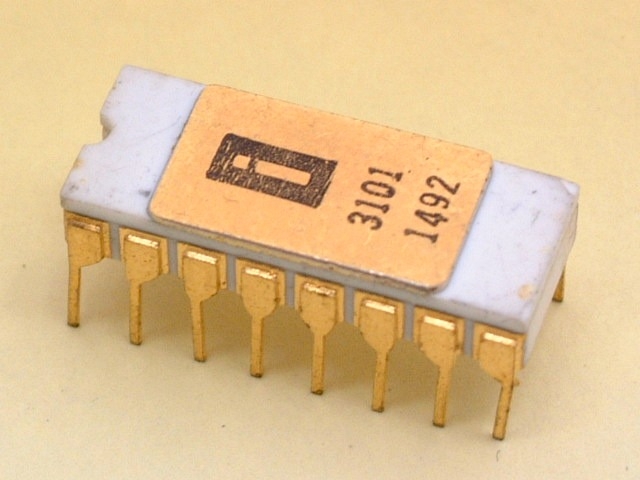 It isn’t too much of a stretch to say that Moore’s Law can be credited with many of our technological advances. Since the 1960s, Gordon Moore’s prediction that computing performance will double every 12 to 18 months has been accepted as gospel. And the proof is all around us. The conveniences of the modern world — ubiquitous communication through Internet enabled phones, electronic payments, and digital streaming, to name just a few examples — are all due to continuous engineering innovations delivered through cheaper, faster, more precise electronics.
It isn’t too much of a stretch to say that Moore’s Law can be credited with many of our technological advances. Since the 1960s, Gordon Moore’s prediction that computing performance will double every 12 to 18 months has been accepted as gospel. And the proof is all around us. The conveniences of the modern world — ubiquitous communication through Internet enabled phones, electronic payments, and digital streaming, to name just a few examples — are all due to continuous engineering innovations delivered through cheaper, faster, more precise electronics.

Intel’s first product, a 64-bit SRAM based on the newly developed Schottky Bipolar technology. (CPU-Zone)
Consider that the first Intel microprocessor, introduced in 1974, contained less than 3,000 transistors, whereas recent GPU and application processors contain more than 10 billion transistors!
The implications?
In 1973, Martin Cooper of Motorola first demonstrated a working mobile phone prototype. The phone weighed nearly 2.5 pounds, roughly measuring 9 in. x 1.8 in. x 5 in. In comparison, the latest iPhone weighs 4.55 ounces, roughly measures 5.4 in. x 0.27 in. x 2.6 in., and provides much more functionality. Of course, innovation in materials science as well as physics and processing technologies have also contributed to this progress.
Engineering simulation has been crucial in this journey. I’ve used many simulation tools in my engineering career to design semiconductor devices, embedded systems and software. I first started using schematic capture to build circuit boards, but quickly learned that simulating the designs on computers was more efficient and gave me more insight into my design. In a virtuous cycle, I was using simulation tools running on Compaq computers to help design the next generation of better, faster, cheaper Compaq computers.
Engineering simulation tools have gotten more sophisticated over the years. While early tools enabled engineers to model and simulate individual components, modern tools use real-world physics to solve larger problems, including system integration. Andrew Cresci of Nvidia captured this nicely when he said, “We use ANSYS simulation running on current generation GPUs to design the next generation of GPUs.” (read full story here)

ANSYS 17.0 provides many advancements that enable engineers to design more innovative and reliable wireless connectivity, semiconductor products, printed circuit boards and complete systems. To learn more about some of these capabilities, please register and watch the 10x webinar series.
The post Speeding Innovation – Advancements in High Tech Simulation with ANSYS 17.0 appeared first on ANSYS Blog.